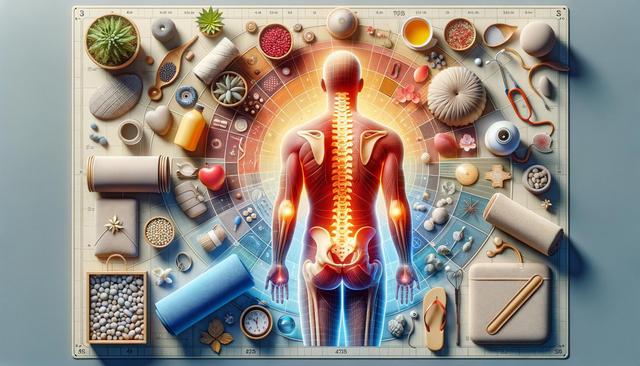Understanding the Root Causes of Back Pain
Before exploring treatment options, it’s important to understand what could be causing your back pain. Back pain can result from various factors including poor posture, muscle strain, sedentary habits, injury, or underlying health conditions such as arthritis or herniated discs. Identifying the root cause helps tailor the most effective treatment approach. In many cases, lifestyle factors such as prolonged sitting or incorrect lifting techniques contribute significantly to back discomfort. Additionally, stress and lack of physical activity can exacerbate pain, making a comprehensive approach to treatment essential.
Physical Therapy and Targeted Exercises
One of the most recommended and sustainable ways to manage and reduce back pain is through physical therapy. Physical therapists can design personalized exercise routines that focus on strengthening the core muscles and improving flexibility, which supports the spine and reduces strain on the back. Common exercises include:
- Gentle stretching routines
- Core stabilization workouts
- Low-impact aerobic conditioning
- Posture correction training
These exercises not only alleviate current pain but also help prevent future episodes. Regular movement and guided activity are key in promoting spinal health and minimizing stiffness or weakness that can lead to chronic discomfort.
Ergonomic Adjustments and Posture Correction
Making changes to your daily environment can significantly reduce the strain on your back. Ergonomic adjustments at work or home, such as using a chair with proper lumbar support or ensuring your desk setup aligns with your body’s natural posture, can be highly beneficial. Key tips include:
- Keeping feet flat on the floor while sitting
- Ensuring the monitor is at eye level to avoid neck strain
- Using a standing desk intermittently during long work hours
In addition to workspace changes, being mindful of your posture throughout the day—whether standing, sitting, or lifting—can prevent unnecessary back stress. Regular posture checks and reminders can go a long way in supporting spinal alignment.
Natural Remedies and Lifestyle Changes
Several natural remedies and lifestyle modifications can help manage back pain without relying heavily on medication. Applying heat or cold packs can reduce inflammation and soothe sore muscles. Maintaining a healthy weight through balanced nutrition and regular exercise also lessens pressure on the spine, especially the lower back. Other beneficial practices include:
- Staying hydrated to support spinal disc health
- Practicing mindfulness or meditation to manage stress-related tension
- Getting adequate sleep on a supportive mattress
These approaches not only target pain but also promote overall health, making them a valuable part of a comprehensive back care strategy.
When to Seek Professional Help
While many cases of back pain improve with home care and lifestyle changes, it’s crucial to recognize when professional medical attention is needed. If the pain persists for more than a few weeks, radiates down the leg, or is accompanied by numbness or weakness, it may indicate a more serious issue requiring diagnostic imaging or specialized care. Health professionals such as chiropractors, physiatrists, or orthopedic specialists can offer advanced treatment options, including:
- Manual manipulation or spinal adjustments
- Injection therapy for localized inflammation
- Customized rehabilitation programs
Timely professional intervention can prevent further complications and support long-term recovery, especially when conservative methods are not providing sufficient relief.
Conclusion
Managing back pain effectively involves a combination of understanding its causes, incorporating physical activity, making ergonomic improvements, and embracing healthy lifestyle habits. While many individuals can find relief through natural and non-invasive methods, knowing when to consult a professional is equally important. By taking a proactive and informed approach, individuals can improve their comfort, mobility, and overall quality of life.




Leave a Reply